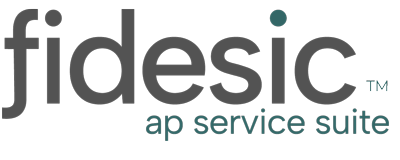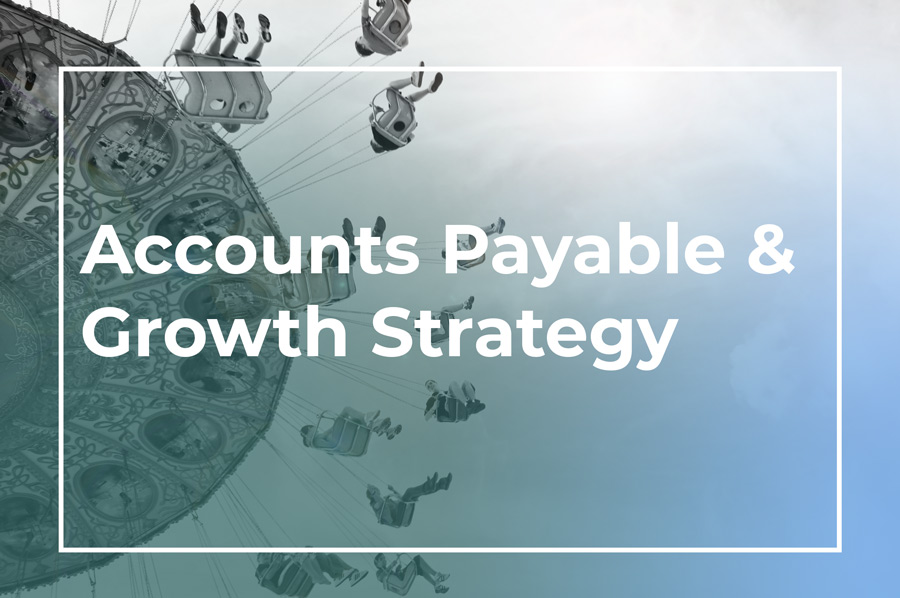Accounts Payable Management & Strategic Growth
The U.S. saw more new businesses open in 2020 than we have seen since before the 2008 recession, according to the Wall Street Journal. And that doesn't include people who became gigsters or contractors after being laid off last year. For those 1.1 million new businesses, optimizing working capital is a key component of a growth strategy, and Accounts Payable has a direct impact.
About 23% of small businesses said that a lack of operating capital or cash flow is a key challenge they are currently facing, according to survey results from Guidant Financial. More than 20% said they have seen revenue shrink as a result of COVID-19. With a strategy-based approach to accounts payable, businesses can significantly improve their cash flow to continue growing during pandemic.
Growing a business during these times requires strategic planning and according to a recent ebook by Deloitte, strategic planning depends deeply on cash management--accounting data and accounting activity, including accounts payable, is an integral part of this.
“Failure to accurately manage payables, however, makes it harder to forecast and manage cash flows and anticipate short-term liquidity needs, putting many businesses on an unnecessary cash flow tightrope” Deloitte said.
Digitizing your AP process is key, but there are other ways the AP department can support strategic growth.
Check out our whitepaper: Get the Green Light for AP Automation: Win Executive Support for Your AP Automation Project
9 Ways AP Can Optimize Working Capital
Let's look at 9 recommended activities AP departments can leverage to optimize working capital and position themselves as a key stakeholder in their organization's strategic growth planning.
- Review vendor contracts on a regular basis to prevent inaccuracies or fraud that lead to overbilling. Track payables outstanding by vendor and by payment terms. Accurate AP Data will be crucial for this review process.
- Make it a habit to look for any chance to negotiate pricing. Maybe you ask vendors to match lower prices offered to your competitors. Maybe you negotiate for volume discounts, early-bird discounts, trade credits or other miscellaneous price breaks.
- Try to negotiate longer payment terms.
- As part of the procurement process, it is recommended that businesses prevent maverick buying or purchase control over-rides. This is done by reviewing internal buyer practices to be sure orders are only placed with approved vendors and stay within authorized spending limits.
- Set clear accounts payable performance indicators. See examples
- Streamline your invoice processing. Work faster, smarter, safer with AP automation to gain higher levels of accuracy and performance.
- Pay invoices when they are due and try never to pay early (without straining relationships with your key suppliers, of course).
- Simplify your process for identifying and resolving exceptions and make them easier to report on.
- Track as much activity as you can and manage data in a way that allows simplified auditing and reporting processes.
Because Accounts payable has historically been a back office function, it isn't always a key focus for businesses who are looking to grow. But optimizing working capital is key to growth and taking a strategic approach to accounts payable empowers AP departments to help identify opportunities for savings and help determine the right course of action in key financial decisions.
Whether you are one of the million-plus new U.S. business owners or just outgrowing your entry-level accounting system, Fidesic AP is the go-to AP automation solution for Microsoft Dynamics GP and QuickBooks.
Ready to Get Started with Fidesic AP?






